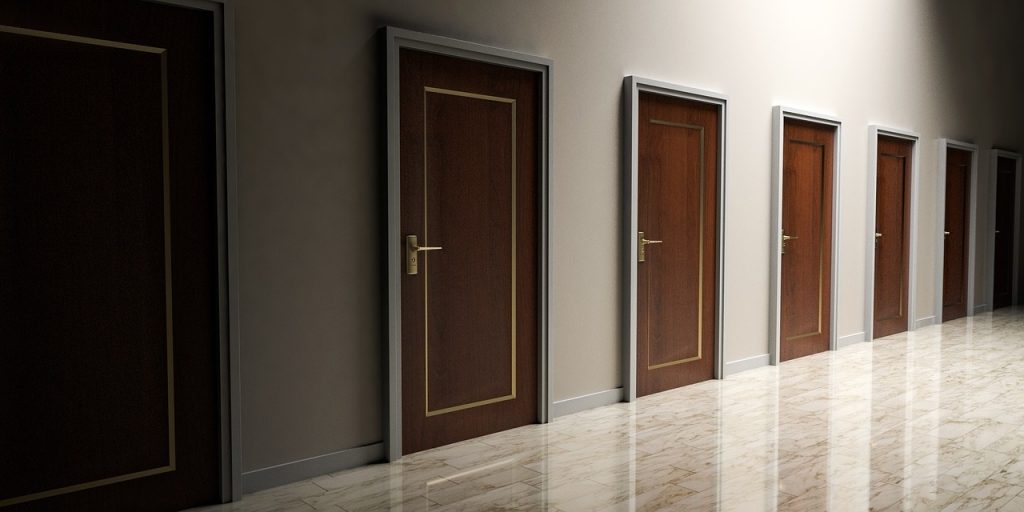
Good anxiety and OCD treatment comes in all shapes and sizes. The most common types of treatment are listed below along with Pros and Cons of each.
Self-Help
You get started on your own anxiety disorder or OCD treatment plan based on readily available, often pre-packaged, treatment approaches found in self-help books and websites.
Pros:
- Easily available
- Get started today
- Low-cost
- Research shows it can be an effective approach
Cons:
- Packaged programs are not tailored to you specifically
- There is a lot of bad information readily available
- Requires significant motivation and ability to focus and structure your own treatment path
Outpatient Psychotherapy
You meet with a psychotherapist, typically one or two times per week.
Pros:
- Assuming you can find a local treatment provider, it is convenient compared to more intensive treatments
- Treatment will be tailored for you by an expert
- You will have instant feedback during treatment sessions
- Your therapist will help keep you focused on movement towards your treatment goals
Cons:
- It can be very difficult to find an anxiety disorder or OCD treatment specialist in some areas (see ADAA and IOCF for lists of treatment providers)
- Outpatient treatment can be expensive
- You need to put in sufficient time between sessions doing therapy assignments on your own
- Requires significant motivation
- Some people need a higher level of care
Intensive-Outpatient Psychotherapy (IOP)
Consists of structured treatment four or five days per week, two and a half to five hours each day (with daily homework assignments in addition) for several weeks to several months.
Pros:
- Therapists will be available almost daily to help guide you through rigorous exposure activities
- Many of these programs offer a group component which provides support and opportunities to confront people-related anxiety triggers
- A higher intensity level can increase treatment effectiveness—if you go and give it everything you’ve got then there is an excellent chance for improvement
- Good option when local specialized treatment is not available
Cons:
- Very expensive if insurance will not cover treatment
- Often requires the added expense of a hotel stay for an extended period of time
- You often need to relocate to another city for a number of weeks—disruptive to current life activities
- If your anxiety pertains to local triggers (i.e. your home, your family) then going away for treatment may not allow you to confront those triggers
Residential (or Inpatient) Treatment
Involves staying at a treatment facility for one to three or more months. Similar Pros and Cons as IOP, plus…
Pros:
- This treatment is twenty-four hours a day, seven days per week—it is incredibly intensive and effective for very severe or disabling anxiety disorders and OCD.
- Meals and lodging are part of the package.
- Due to the nature of the program, therapists can better aid in helping people with hygiene, eating, and sleep-related compulsions.
- You are less likely to undo your hard work between exposure sessions.
Cons:
- There are few such specialized programs.
- You may need to fly or drive across the country in order to get there.
- The wait list can be up to six months.
- Much more intense and restrictive—you are living the treatment for the duration of your stay!
There are other treatment formats such as intensive weekend or week-long groups, workshops, and retreats. What is most important is that you get the right treatment by experienced clinicians at the level needed for you.